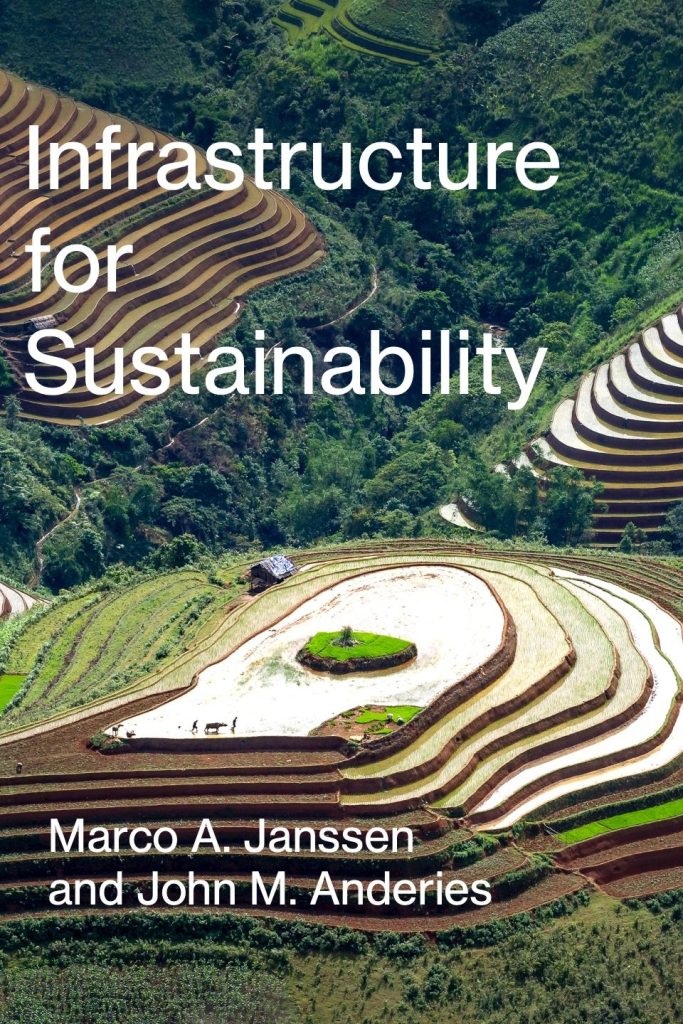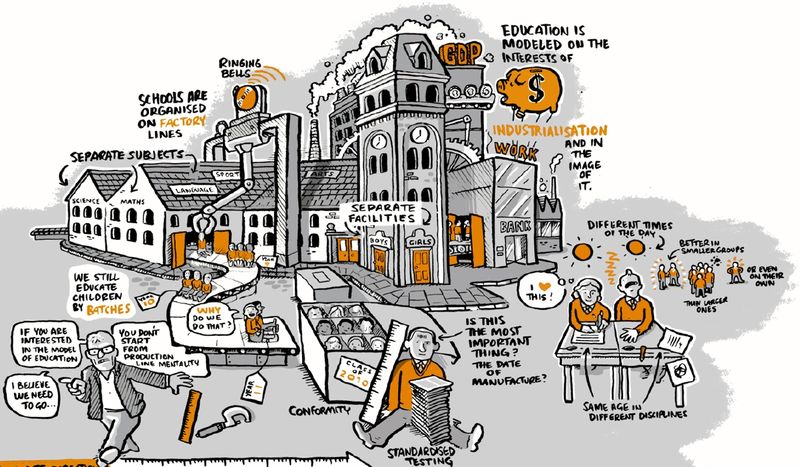Highways are an iconic example of infrastructure. There are also a lot of complaints about the capacity (causing traffic jams) and quality (e.g. pot holes) of highways and other road types. An article where we analyzed highways as a coupled infrastructure system was just published in the journal Sustainable and Resilient Infrastructure.
What did we learn? Perhaps most interestingly, we found that the quality of roads characterized by official measurements of road roughness index is actually improving, but that is not the perception of users. We also found that the time wasted in traffic jams has more than doubled over the last 40 years. Building more and wider roads will not solve this problem since studies show that increasing more capacity leads to more demand. What is more likely a solution is to spread the use of the roads (timing of events, like the start of work), increased use of public transport as well as autonomous vehicles (who can align driving speeds and reduce distances between vehicles), and road pricing (pay for direct use).
The basic problem facing roads and highways is the lack of feedback in the system that could improve the provision of quality infrastructure. We provide three examples. First is funding. The federal budget for highways depends on fuel tax, for which the rates per gallon have not changed since 1993. Since then, cars have become more efficient (less fuel tax income per mile driven), and a dollar is now worth about half the amount as in 1993. It is no surprise that the Highway Trust Fund is running out of money. With increasing use of fuel efficient cars, especially electric vehicles, the mechanism by which users pay for use of the infrastructure needs to be re-evaluated. The second example is the use of a roughness index at some random strips of road to measure the quality of roads. Why not include road users in collecting data on the quality of roads, for example via the mobile app Carbin. The third example is the cost overruns and delays of infrastructure projects. Based on historical experience, it is very unlikely that infrastructure projects will be delivered on time and within the budget. There are many unforeseen developments that can happen in complex infrastructure projects, but there is also a lack of transparency of the project development and implementation process. It is in the interest of local politicians and construction companies to get approval for a project that has a competitive price through a transparent bidding process and is delivered reasonably fast. But this leads to optimistic estimates, and any overruns will be covered by taxpayers who do not have much of a say within the process. Big data and machine learning from past infrastructure projects may help to inform future cost estimates, and should be made available to the public to keep their representatives accountable.
The provision of highways can be improved by getting the users more involved in the provisioning process and as such tighten the feedback loops within the coupled infrastructure system. We may take it for granted that high quality highways are available, but it is costly and every user needs to pay its fair share and may help to monitor the quality of the infrastructure.









